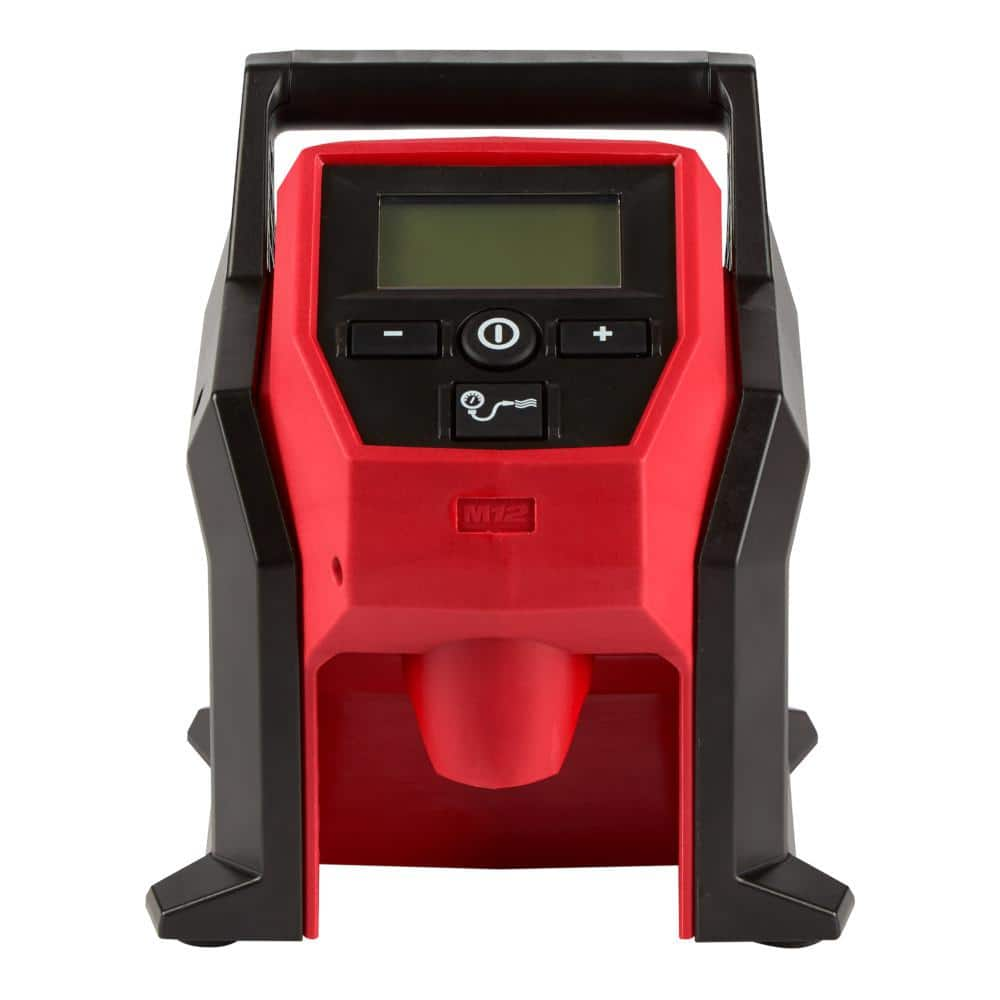Yet another vote for a plug kit.
I've posted my tire plug diatribe so many times on this forum, that I don't dare post it again.

I will post one piece of advice, though...
keep a tube of rubber cement in your car, too. You use it to
lubricate the plug; it makes the tire plug slip into place so easily that the last time my wife found herself with a flat, she just plugged the thing herself rather than have me come do it for her. She said she'd rather plug the tire than put on the spare (in her Sequoia) and knew that I'd just plug the tire when she got home, so she saved us both some effort.
If my tiny 5'0" wife can plug a Sequoia tire...




